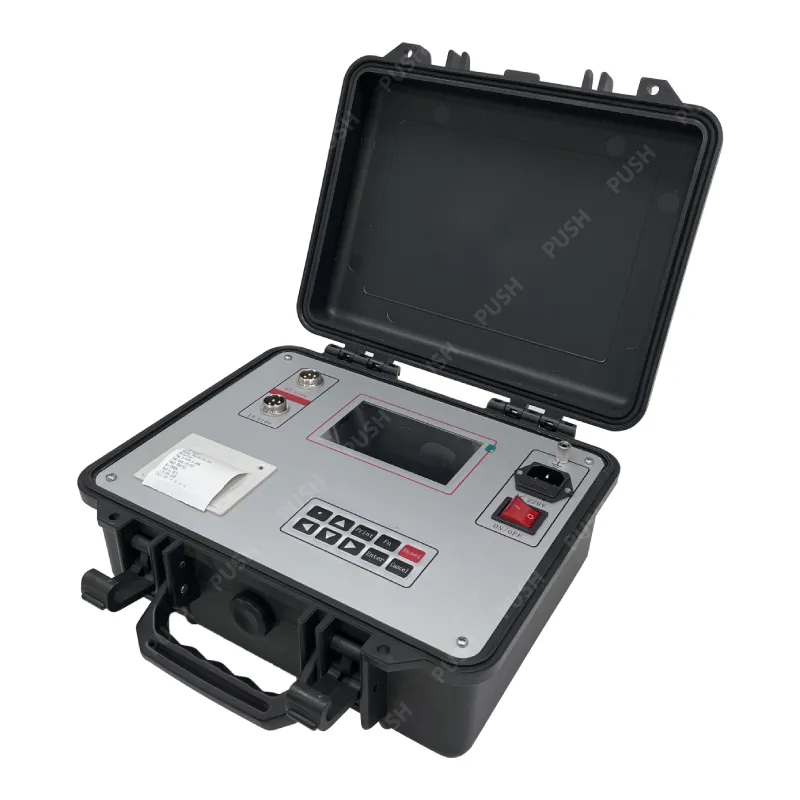 English
English


tests before commissioning of transformer induction motor and alternator
Testing Before Commissioning of Transformers, Induction Motors, and Alternators
Before commissioning electrical machines such as transformers, induction motors, and alternators, rigorous testing is imperative to ensure optimal performance, safety, and reliability. These tests help identify any potential defects and verify that the equipment meets the required specifications and standards. Below are key testing procedures that are commonly conducted before commissioning these crucial components of electrical systems.
1. Transformer Testing
Transformers play a vital role in electrical power systems, and their testing involves several critical steps. One of the primary tests is the insulation resistance test, which checks the integrity of the insulation between the windings and the ground. A high insulation resistance value indicates that the transformer is ready to operate safely.
Another important test is the turns ratio test, which evaluates the turns ratio of the primary and secondary windings. This test ensures that the transformer is correctly configured for its intended voltage levels. Load and no-load tests are also performed to assess the transformer's efficiency and voltage regulation under various operating conditions.
2. Induction Motor Testing
Testing induction motors is equally crucial, as they are widely used in industrial applications. The first step typically involves checking the insulation resistance of the motor windings. This measurement helps ensure that the winding insulation is intact and not susceptible to electrical faults.
tests before commissioning of transformer induction motor and alternator

Additionally, a no-load test may be conducted to assess the motor’s performance characteristics, such as speed, power factor, and efficiency. During this test, the motor is run without any mechanical load to establish a baseline for its performance metrics. A locked rotor test is also essential to evaluate the motor's starting torque and current consumption, providing insights into its operational efficiency and suitability for specific applications.
3. Alternator Testing
Alternators serve the critical function of converting mechanical energy into electrical energy, and their testing involves unique procedures. A short-circuit test is typically performed to determine the alternator's voltage regulation and fault-handling capabilities. This test simulates a fault condition to assess how well the alternator maintains voltage stability under load fluctuations.
Another key test is the synchronization test, which involves connecting the alternator to the grid and ensuring that it can operate in parallel with other generators. This requires precise measurements of voltage, frequency, and phase sequence to prevent operational issues.
Conclusion
Thorough testing before commissioning transformers, induction motors, and alternators is essential for maintaining the integrity and performance of electrical systems. Each component requires specific tests tailored to its function and operating environment. By conducting these tests, engineers can identify and rectify issues proactively, ensuring that the equipment operates safely and efficiently once commissioned. As the reliance on electricity continues to grow globally, these testing procedures will remain a cornerstone of electrical engineering practices, fostering improved safety standards and performance in power systems.
-
Differences between open cup flash point tester and closed cup flash point testerNewsOct.31,2024
-
The Reliable Load Tap ChangerNewsOct.23,2024
-
The Essential Guide to Hipot TestersNewsOct.23,2024
-
The Digital Insulation TesterNewsOct.23,2024
-
The Best Earth Loop Impedance Tester for SaleNewsOct.23,2024
-
Tan Delta Tester--The Essential Tool for Electrical Insulation TestingNewsOct.23,2024





